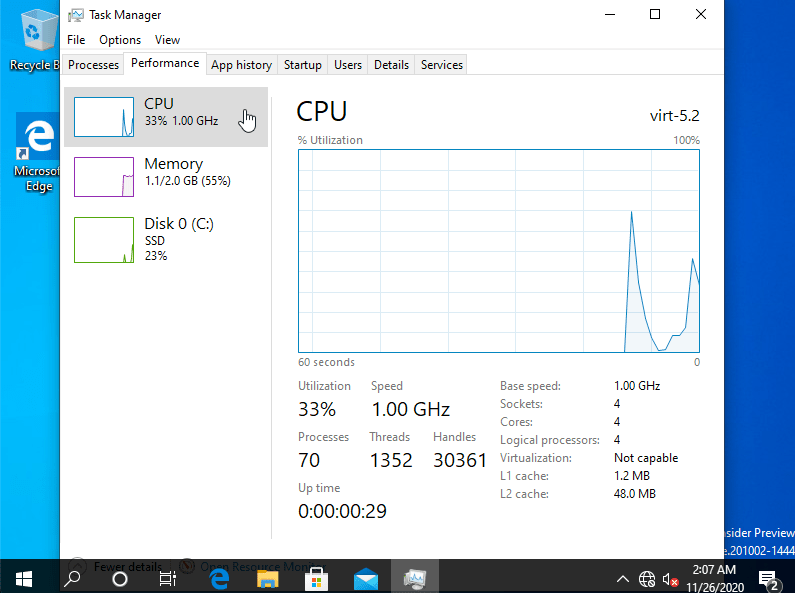Phoronix: Arm Neoverse N2 Support Added To The LLVM Clang 12 Compiler
In September Arm began adding Neoverse N2 support to the open-source compilers initially with GCC and now the support has been merged into LLVM Clang 12 as well...
In September Arm began adding Neoverse N2 support to the open-source compilers initially with GCC and now the support has been merged into LLVM Clang 12 as well...

 , but I do agree that true vector extensions are far superior to packed SIMD, besides the main benefit of future proof binaries they enable for a much cleaner instruction set
, but I do agree that true vector extensions are far superior to packed SIMD, besides the main benefit of future proof binaries they enable for a much cleaner instruction set



Comment